Central banks worldwide are suppressing borrowing rates to accommodate credit markets, trying to alleviate financial pressures on corporations. This is creating a surge of "zombie companies," or firms that are staying alive in spite of their inability to service interest expenses.
Resources
Stay ahead of public company risk with our bankruptcy case studies, high risk reports, blogs and more.


A recent high-profile bankruptcy within telecom provides a golden example of how reliance on payment data in assessing risk within public companies is foolhardy.
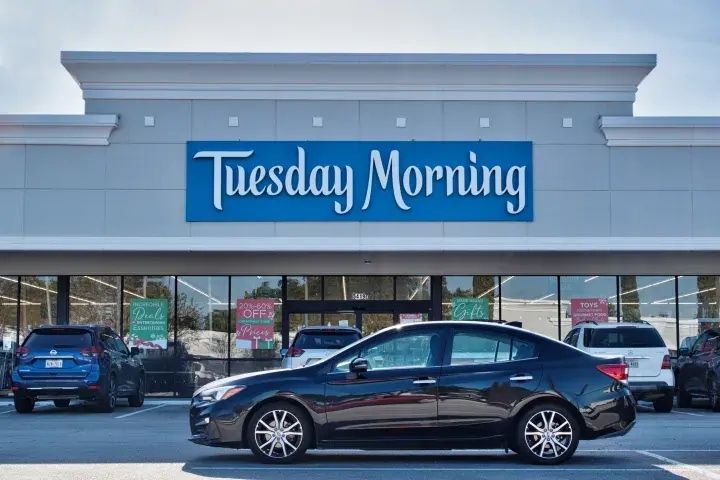
The challenged consumer environment will continue to pressure retailers and restaurants, which spells trouble for the collective group but especially for operators with red zone FRISK® scores.

As the fallout from one of the biggest bankruptcies of 2019 begins to settle, we see that credit and procurement professionals who evaluate risk in public companies as a habitual practice are proving to be the best at avoiding unnecessary exposure.
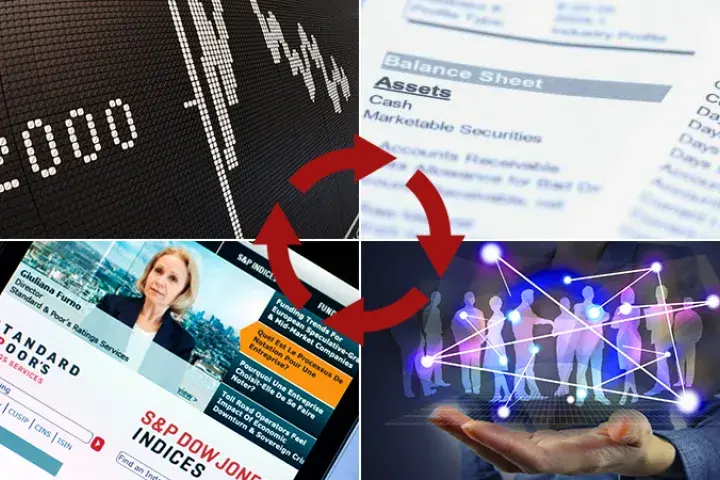
Optimal assessment of public company bankruptcy risk requires the balanced, holistic analysis provided by the FRISK® score.
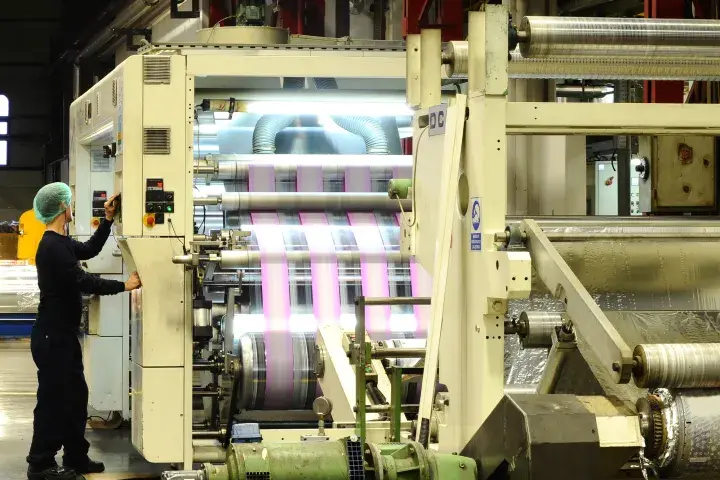
D&B’s "Bankruptcy: Why the Surprise?" whitepaper shows that their popular PAYDEX® score misleads trade creditors on public company bankruptcy risk.
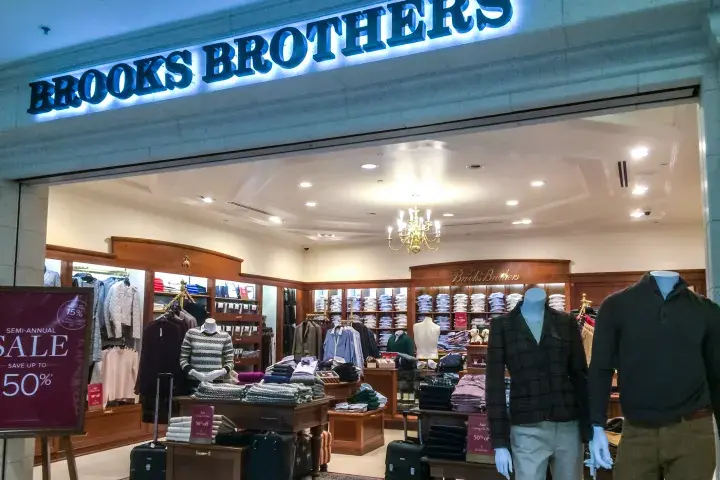
Apparel retailers have required significant adjustments to handle their financial leverage and operating lease commitments. Brooks Brothers and Tailored Brands, in particular, fell prey to slowing demand for professional business attire, a trend which was accelerated by the coronavirus pandemic.
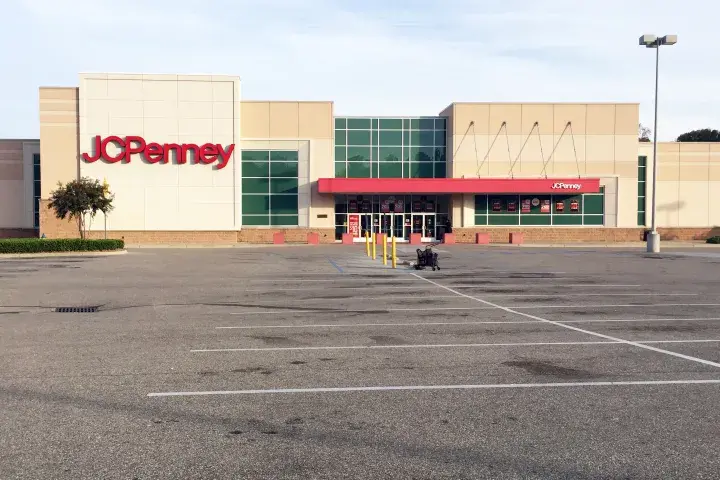
Subscriber crowdsourcing data has highlighted J. C. Penney Company, Inc.’s bleak financial position, and users can affirm this through its low FRISK® score.
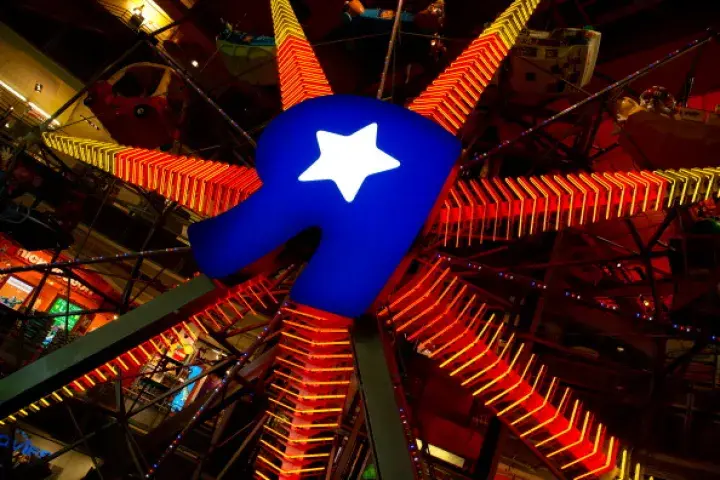
Toys “R” Us filed for bankruptcy right before the holiday season in 2017 as suppliers began to restrict access to trade credit, setting in motion a liquidity crunch.